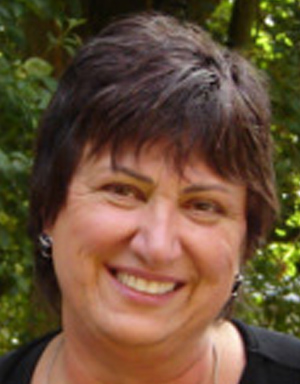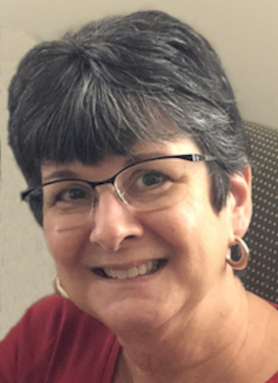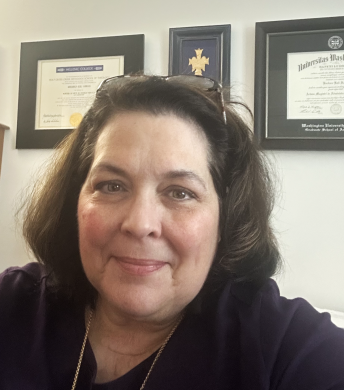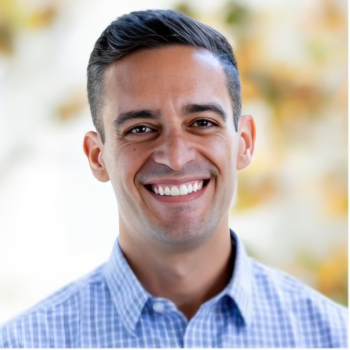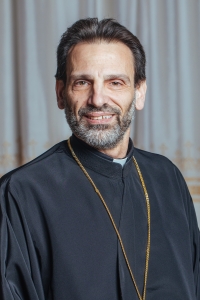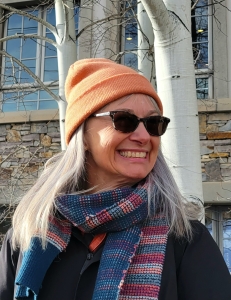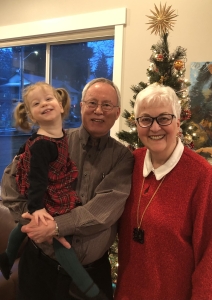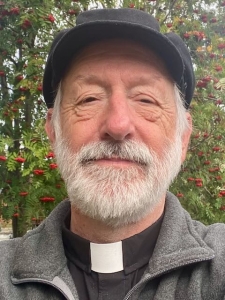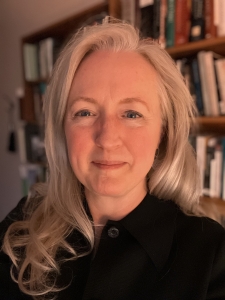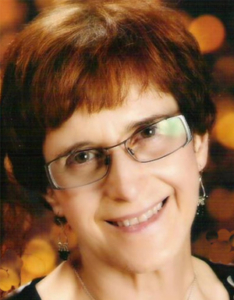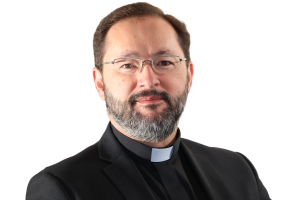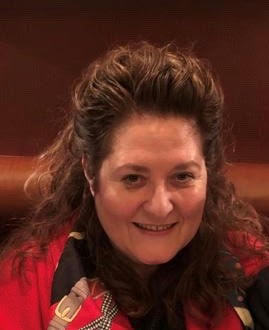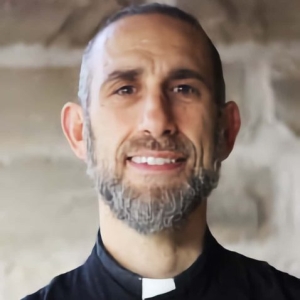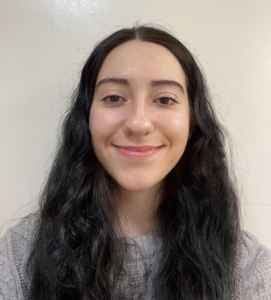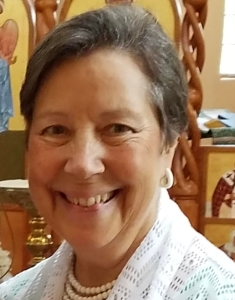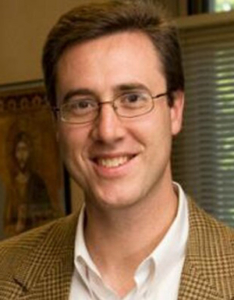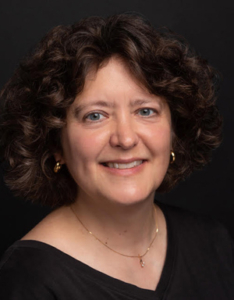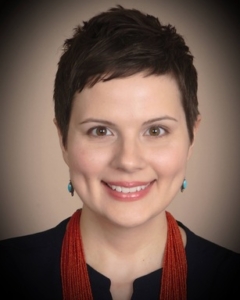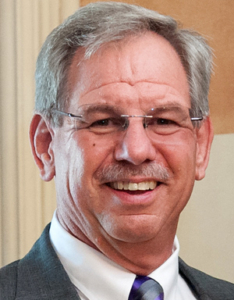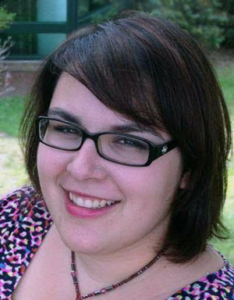‘Women and the Great and Holy Orthodox Council’ Essay Written in Part by Two St. Phoebe Board Members
Note: Recently appearing on Public Orthodoxy, the following essay was written in part by two St. Phoebe Board Members Teva Regule, PhD (candidate) and Carrie Frederick Frost, PhD. The essay was sponsored by the Orthodox Theological Society in America’s Special Project on the Great and Holy Council and published by the Orthodox Christian Studies Center of Fordham University.
Women and the Great and Holy Orthodox Council
by Carrie Frederick Frost, Susan Ashbrook Harvey, Teva Regule, Alexandra Lobas Safchuk, and Gayle E. Woloschak
As preparations continue for the Great and Holy Council set for Pentecost 2016, we eagerly look for the inclusion of women in the Council proceedings.
Voting delegations of the Great and Holy Council are exclusively comprised of hierarchs from each of the fourteen local autocephalous Orthodox Churches and are appointed by each of these Churches. Other participants, however, will be present at the Council.
Article 3 of the “Organization and Working Procedure of the Holy and Great Council of the Orthodox Church” document approved in Chambesy in January 2016, notes that, “The delegations may be accompanied by special consultants—clergy, monastics or laypeople—but their number cannot exceed six (6).” These special consultants are allowed to “attend the Council’s plenary sessions—without the right to speak or to vote—and are expected to assist the Council’s Secretariat or the Council’s Committees, with the right to speak and exercise special functions assigned to them.”
These six special consultants from each Church are the sum total of those participants not drawn exclusively from the hierarchy of the Orthodox Churches. Observers from other Christian churches, as outlined in Article 14 of the same document, will be present but will not participate. Special consultant slots will allow priests, deacons, and monastics to attend the Council. They will also allow—if delegations so choose to invite them—laity, particularly women, to attend. That women might be possibly present at all was not clear until the approval of this document in January 2016, although we were encouraged by the presence of women at the Scholar’s Meeting held in the Phanar earlier in January.
The Great and Holy Council of 2016 is eagerly anticipated, in part because of the approach to worldwide conciliarity in the Orthodox Church that is even now unfolding. This moment in time offers the perfect opportunity to reflect on the importance of the presence of women at any conciliar event of Orthodox Christians.
Support for the presence of women at the Council can be found in the preamble of another of the pre-conciliar documents, “The Mission of the Orthodox Church in Today’s World,” when it is stated that the good news of the Gospel is experienced by the Church, “especially each time the Divine Eucharist is celebrated, bringing together (I Cor 11:20) the scattered children of God (Jn 11:52) without regard to race, gender, age, social, or any other condition into a single body where there is neither Jew nor Greek, there is neither slave nor free, there is neither male nor female (Gal 3:28; cf. Col 3:11).”
Even more directly, the same document later asserts in Article 5.1, “The Orthodox Church confesses that every person, regardless of color, religion, race, gender, ethnicity, and language, is created in the image and likeness of God, and enjoys equal rights in society.” It has been the conviction of the Orthodox Church over the past two millennia that women were “created in the image and likeness of God,” and, “enjoy equal rights in society.” We hear an echo from sixteen hundred years ago, when Saint Basil stated that the natures of men and women are “alike of equal honor, the virtues . . . equal, the struggle equal, the judgment alike” (On the Human Condition).
It is inconsistent with this legacy to not openly encourage the presence and participation of women in a Great and Holy Council. Furthermore, the participation of women in the life of the church—as church musicians (e.g., chanters, choral singers and directors), iconographers, theologians, theology professors, historical scholars, parish and diocesan council members (i.e., church governance), ministers of philanthropic outreach, chaplains, scientists, mothers, monastics, educators, lawyers, clergy wives, etc.—is of collective value to our Church today. We may be reminded of the pivotal role of the Blessed Irene of Athens in the convocation of the Seventh Ecumenical Council, which restored the veneration of icons, as we consider the appropriate place of women at a Council in our own day, where their influence is no longer governed by imperial office or social standing.
It is difficult to imagine how decisions related to many of the topics of this Council can be made without input from women. Discussions concerning marriage, for example, relate equally to women and men, yet it is possible that only men will contribute to the Council’s agenda item on marriage. While the Church acknowledges the equality of women and men (as noted above), the Church does not conflate woman and man. This differentiation comes with different experiences, perspectives, and approaches that need to be incorporated into the Church’s teachings and decisions. Having only a few women present at the Council (if indeed there are any women) will constrain adequate dialogue on these issues.
The Church that declared from its inception that women and men are equal in dignity, nature, and salvation has much to gain by including and listening to its women’s voices in the twenty-first century. It is our hope that many of the Special Consultants of the Great and Holy Council of 2016 will be women. It is our conviction that this Council will forge a new model of worldwide Orthodox conciliarity, and that future Councils ought to further include women, offering them more avenues for participation.










